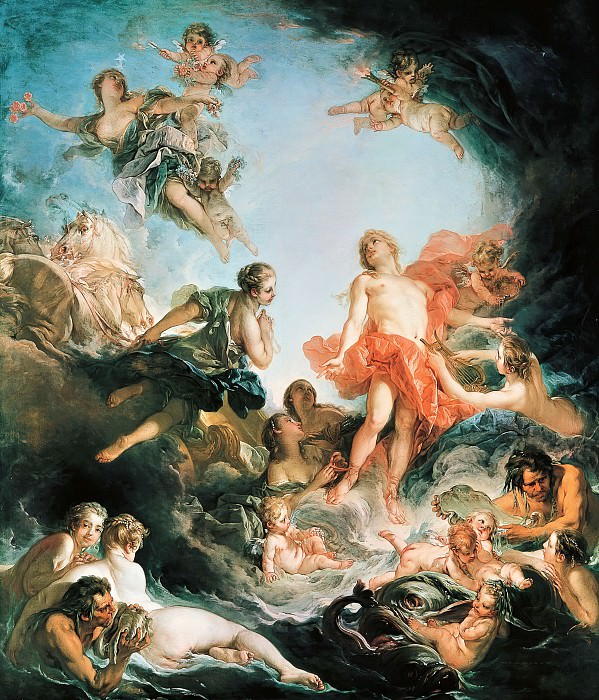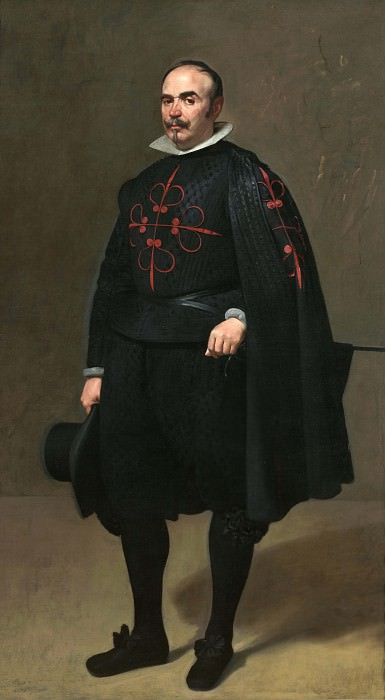Haida Art: A Legacy of Indigenous Creativity and Culture
Haida art, the artistic expression of the Haida people, stands as a profound testament to the rich cultural heritage and intricate worldview of one of the most notable Indigenous groups of the Pacific Northwest Coast. Originating from the Haida Nation, whose traditional territories span the northern part of British Columbia and the southern part of Alaska, Haida art encompasses a range of mediums including totem poles, carved masks, woven textiles, and intricate woodwork. This unique art form is not only a visual representation of the Haida people's stories and beliefs but also serves as a vital connection to their ancestors and cultural identity.
Origins and Historical Context
The roots of Haida art trace back thousands of years, evolving alongside the Haida Nation’s social structures, spiritual practices, and interactions with the natural environment. The art reflects a deep connection to the land, sea, and sky, capturing the essence of the natural world and its spiritual significance. Traditionally, Haida art was not merely decorative but served functional and ceremonial purposes. Totem poles, for example, were not just carved wooden structures; they were complex narratives carved into the wood that depicted family histories, clan affiliations, and significant events.
Iconography and Symbolism
Central to Haida art is its distinctive iconography, which is deeply symbolic and rooted in the Haida people's mythology and cultural beliefs. The art is renowned for its elaborate and highly stylized motifs, including the formline design—a fundamental element of Haida art that employs a combination of ovoids, u-forms, and s-forms to create dynamic, flowing patterns. These designs often represent animals, supernatural beings, and ancestral figures, each with specific meanings and stories. For instance, the raven, a central figure in Haida mythology, symbolizes transformation and the bringer of light. Similarly, the killer whale is associated with strength and power, and its depiction in Haida art underscores the importance of these animals in Haida culture and cosmology.
Carving and Sculpture
Traditional Haida art is perhaps most famously expressed through its carving and sculpture. The totem pole, a quintessential element of Haida art, is a multi-dimensional sculpture carved from large cedar trunks. Each pole tells a story through its carvings, which might include figures of animals, mythical beings, and clan emblems. These poles were erected as monumental markers for important events such as family lineage, territorial claims, and significant accomplishments. Carving was, and remains, a highly respected craft among the Haida, requiring immense skill and dedication. The process involves selecting and preparing the wood, sketching designs, and meticulously carving to achieve the desired form and symbolism.
Masks and Ceremonial Objects
Masks are another significant aspect of Haida art, often used in traditional ceremonies and dances. These masks are intricately carved and painted, representing various deities, spirits, and ancestral beings. They play a crucial role in rituals and storytelling, serving as a means to communicate with the spirit world and to convey cultural narratives. The masks are designed to be both visually striking and spiritually potent, with their designs meticulously crafted to evoke the power and presence of the entities they represent.
Textiles and Weaving
Haida art also extends to textiles and weaving, where the craftsmanship is equally intricate and culturally significant. Traditional weaving includes the creation of blankets, robes, and other garments adorned with Haida motifs and designs. These textiles often feature patterns and symbols that carry personal and communal meanings, reflecting the wearer's identity and status within the Haida society. The weaving process involves a deep understanding of materials, patterns, and techniques, and is an essential aspect of Haida cultural expression.
Modern Interpretations and Revival
In contemporary times, Haida art has experienced both challenges and revitalization. The arrival of European colonizers and subsequent historical events led to periods of disruption and decline in traditional practices. However, the late 20th and early 21st centuries have seen a resurgence in the appreciation and practice of Haida art, driven by a new generation of artists committed to preserving and evolving their cultural heritage.
Modern Haida artists are blending traditional techniques with contemporary styles, creating innovative works that maintain the integrity of their cultural roots while engaging with current artistic trends. This dynamic interplay between tradition and modernity allows Haida art to remain relevant and vibrant, serving as both a tribute to the past and a commentary on the present.
Cultural Preservation and Education
The preservation and promotion of Haida art are vital for the continuation of Haida culture and identity. Efforts to educate both the Haida community and the broader public about the significance of Haida art are crucial. Museums, cultural centers, and educational programs play a significant role in this endeavor, providing platforms for Haida artists to showcase their work and for audiences to gain a deeper understanding of its cultural context.
The Future of Haida Art
Looking ahead, the future of Haida art is bright and promising. The ongoing efforts to preserve traditional practices, coupled with the innovative contributions of contemporary artists, ensure that Haida art will continue to thrive. As the Haida people and their art adapt to an ever-changing world, they remain committed to honoring their ancestors and sustaining their cultural legacy through their artistic expressions.
In conclusion, Haida art represents a rich tapestry of cultural expression, woven with threads of history, mythology, and community. Its intricate designs, profound symbolism, and vibrant techniques provide a window into the Haida Nation’s soul, revealing a timeless connection to the land, the spirit world, and the essence of human experience. Through its continued evolution and preservation, Haida art will continue to illuminate the beauty and complexity of Haida culture for generations to come.
Haida art, the artistic expression of the Haida people, stands as a profound testament to the rich cultural heritage and intricate worldview of one of the most notable Indigenous groups of the Pacific Northwest Coast. Originating from the Haida Nation, whose traditional territories span the northern part of British Columbia and the southern part of Alaska, Haida art encompasses a range of mediums including totem poles, carved masks, woven textiles, and intricate woodwork. This unique art form is not only a visual representation of the Haida people's stories and beliefs but also serves as a vital connection to their ancestors and cultural identity.
Origins and Historical Context
The roots of Haida art trace back thousands of years, evolving alongside the Haida Nation’s social structures, spiritual practices, and interactions with the natural environment. The art reflects a deep connection to the land, sea, and sky, capturing the essence of the natural world and its spiritual significance. Traditionally, Haida art was not merely decorative but served functional and ceremonial purposes. Totem poles, for example, were not just carved wooden structures; they were complex narratives carved into the wood that depicted family histories, clan affiliations, and significant events.
Iconography and Symbolism
Central to Haida art is its distinctive iconography, which is deeply symbolic and rooted in the Haida people's mythology and cultural beliefs. The art is renowned for its elaborate and highly stylized motifs, including the formline design—a fundamental element of Haida art that employs a combination of ovoids, u-forms, and s-forms to create dynamic, flowing patterns. These designs often represent animals, supernatural beings, and ancestral figures, each with specific meanings and stories. For instance, the raven, a central figure in Haida mythology, symbolizes transformation and the bringer of light. Similarly, the killer whale is associated with strength and power, and its depiction in Haida art underscores the importance of these animals in Haida culture and cosmology.
Carving and Sculpture
Traditional Haida art is perhaps most famously expressed through its carving and sculpture. The totem pole, a quintessential element of Haida art, is a multi-dimensional sculpture carved from large cedar trunks. Each pole tells a story through its carvings, which might include figures of animals, mythical beings, and clan emblems. These poles were erected as monumental markers for important events such as family lineage, territorial claims, and significant accomplishments. Carving was, and remains, a highly respected craft among the Haida, requiring immense skill and dedication. The process involves selecting and preparing the wood, sketching designs, and meticulously carving to achieve the desired form and symbolism.
Masks and Ceremonial Objects
Masks are another significant aspect of Haida art, often used in traditional ceremonies and dances. These masks are intricately carved and painted, representing various deities, spirits, and ancestral beings. They play a crucial role in rituals and storytelling, serving as a means to communicate with the spirit world and to convey cultural narratives. The masks are designed to be both visually striking and spiritually potent, with their designs meticulously crafted to evoke the power and presence of the entities they represent.
Textiles and Weaving
Haida art also extends to textiles and weaving, where the craftsmanship is equally intricate and culturally significant. Traditional weaving includes the creation of blankets, robes, and other garments adorned with Haida motifs and designs. These textiles often feature patterns and symbols that carry personal and communal meanings, reflecting the wearer's identity and status within the Haida society. The weaving process involves a deep understanding of materials, patterns, and techniques, and is an essential aspect of Haida cultural expression.
Modern Interpretations and Revival
In contemporary times, Haida art has experienced both challenges and revitalization. The arrival of European colonizers and subsequent historical events led to periods of disruption and decline in traditional practices. However, the late 20th and early 21st centuries have seen a resurgence in the appreciation and practice of Haida art, driven by a new generation of artists committed to preserving and evolving their cultural heritage.
Modern Haida artists are blending traditional techniques with contemporary styles, creating innovative works that maintain the integrity of their cultural roots while engaging with current artistic trends. This dynamic interplay between tradition and modernity allows Haida art to remain relevant and vibrant, serving as both a tribute to the past and a commentary on the present.
Cultural Preservation and Education
The preservation and promotion of Haida art are vital for the continuation of Haida culture and identity. Efforts to educate both the Haida community and the broader public about the significance of Haida art are crucial. Museums, cultural centers, and educational programs play a significant role in this endeavor, providing platforms for Haida artists to showcase their work and for audiences to gain a deeper understanding of its cultural context.
The Future of Haida Art
Looking ahead, the future of Haida art is bright and promising. The ongoing efforts to preserve traditional practices, coupled with the innovative contributions of contemporary artists, ensure that Haida art will continue to thrive. As the Haida people and their art adapt to an ever-changing world, they remain committed to honoring their ancestors and sustaining their cultural legacy through their artistic expressions.
In conclusion, Haida art represents a rich tapestry of cultural expression, woven with threads of history, mythology, and community. Its intricate designs, profound symbolism, and vibrant techniques provide a window into the Haida Nation’s soul, revealing a timeless connection to the land, the spirit world, and the essence of human experience. Through its continued evolution and preservation, Haida art will continue to illuminate the beauty and complexity of Haida culture for generations to come.




